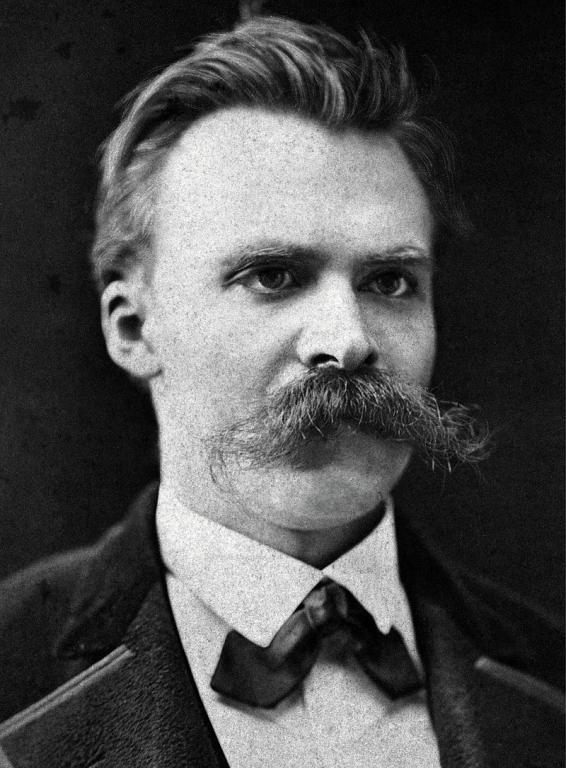Responsible Christians seek to learn things about God. There are no excuses or exceptions. If you are not making an effort to learn about God’s nature and person, then quite frankly it is not possible for you to lead a flourishing spiritual life. Regular Scripture reading is the most natural way for Christians to learn about God. The best advice I ever received on reading the Scriptures was this: just do it. Dive right in and do not wait for some special study method or inspirational moment.
It is also possible to know the character and attributes of God through observations of the natural world. Its wonders underscore his creative role and aesthetic grandeur. The complexity of such mundane things as leaves and flowers, bones and central nervous systems, caterpillars and tarantulas all point to an originator of awesome creative capacities. The wind rustles the leaves of trees and ripples out waves on lakes. Just as things can be known about the wind via inspection of its effects, so also God can be known via an observation of his creative impact.

Another way of learning about God is to study the Christian theological tradition, informed as it has been by the Holy Spirit and also by the deliverances of the Scriptures. The tradition is a way of standing on the shoulders of the spiritual and intellectual giants who have gone before us. Their efforts to systematize the Scriptures have made God’s person and attributes far more accessible for laypersons than would otherwise be the case.
The upshot is just that there are abundant resources for learning things about God. The book of Scripture and the book of Nature, coupled with the Theological tradition, each highlight different aspects of his character – his intelligence, his love, his sovereignty, and his interest in his created order. Some people say that learning about God is a monumental task. Why, they ask, does God make his nature so hard to discern? It is true that God’s full glory is rarely on display in his dealings with humans. The theologians over the centuries have offered numerous cogent reasons for this. The point, though, is that instead of complaining about God’s hiddenness, we ought just to roll up our sleeves and dive right into the twin books of Scripture and Nature.
More generally, to say that God is inaccessible is to betray one’s lack of observational skills. I once read a story about the great 19th-century naturalist, Louis Agassiz. An astute observer and master teacher, Agassiz trained his students to be attentive to detail. One day he tasked a student with dissecting a single, ordinary fish specimen and writing his anatomical observations in a lab notebook. The enterprising student spent the entire day listing his observations. Agassiz returned the next morning, but was unimpressed. He made the student repeat the exercise, but disallowed any and all observations from the previous day. The student again spent the entire day in the lab, and met Agassiz the following morning with a full (and wholly new) notebook. Agassiz once more dashed the student’s hopes and made him repeat the exercise for a third time. Only after another full notebook of observations was Agassiz finally satisfied. The truth is that the twin texts of Scripture and Nature can teach us countless things about God. But we are too often like Agassiz’s untrained student. Our lack of inspection skills makes the knowledge of God seem daunting. What we need to do is just to practice the careful art of observation. In doing so, we can open up numerous avenues for understanding God’s wisdom and person.












